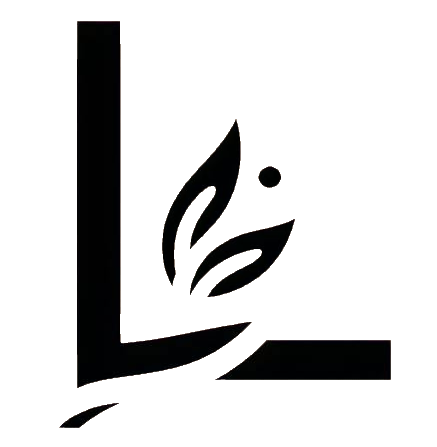
The ideas in The Communist Manifesto are fascinating in and of themselves explaining labour relations. But this short text also functions to explain communist ideology in that historical period and its positioning in regards to other groups.
Marx and Engels are downright bold in their call for the "FORCIBLE OVERTHROW OF ALL EXISTING SOCIAL CONDITIONS!"
“Political power, properly so called, is merely the organised power of one class for oppressing another.”
What Marx and Engels describe in artistic and forceful language is nothing short of the economic order brought about by the late 18th-century industrial revolution, the end of Christian feudalism and the advent of secular capitalism.
The visionary power of this short illustrated book is virtually a miracle.
"Marx uses the term “bourgeoisie” to name the factory owners. Nowadays, we would use “shareholders” as another, more abstract notion to designate the owners of “the means of production” (i.e., the companies, the firms). Similarly, the term “wage-labourer” or “proletariat” is a concept coined by Marx to name the working class of artisans of his time. It would, instead, make more sense to us if we spoke of “employees” .... And the concept of “class struggle” between the two categories is extraordinarily illuminating."
Leonard Gaya (Goodreads)
